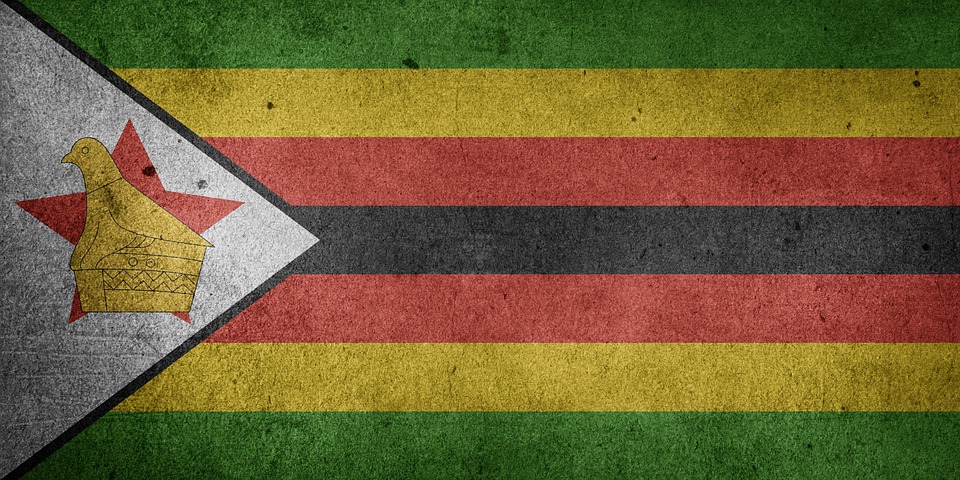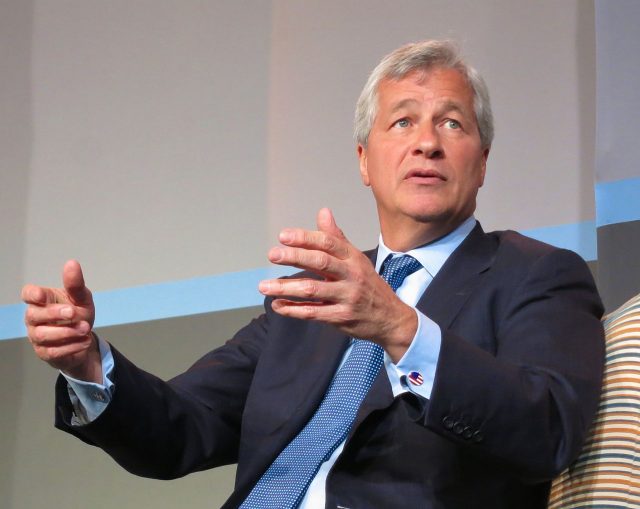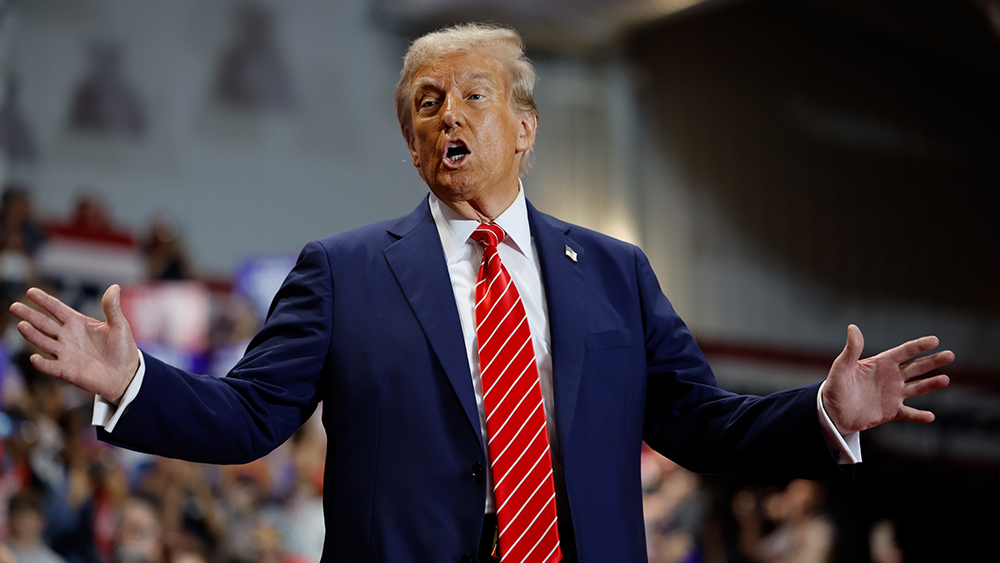 Parler
Parler Gab
Gab
- Zimbabwe experienced one of the worst hyperinflation crises in modern history, peaking at 79.6 billion percent in November 2008, driven by political mismanagement, corruption and excessive money printing.
- The crisis, exacerbated by poorly executed land reforms and military spending, led to widespread unemployment, food shortages and a worthless currency, with citizens resorting to bartering or foreign currencies.
- In 2009, Zimbabwe abandoned its currency and adopted foreign currencies, stabilizing inflation temporarily, but reintroducing a national currency in 2019 reignited inflationary pressures.
- In April 2024, Zimbabwe launched the ZiG, a gold-backed digital currency, aiming to curb inflation and restore economic stability, though skepticism remains about its long-term success.
Endless money printing led to hyperinflation crisis that devastated Zimbabwe and its people
The hyperinflation crisis devastated Zimbabwe’s economy and its people. Unemployment soared, and those who retained jobs saw their wages rendered meaningless as prices doubled daily. Basic goods became unaffordable, and shortages were rampant. "People became 'poverty billionaires,'" said one observer. "A loaf of bread cost billions of Zimbabwean dollars, but no one had the money to buy it." The collapse of the financial system further deepened the crisis. Banks ceased lending, businesses shuttered and investments dried up. The government’s attempts to impose price controls only worsened shortages, as suppliers had no incentive to produce goods at artificially low prices. In 2009, Zimbabwe abandoned its currency and adopted foreign currencies, primarily the American dollar, to stabilize prices and restore confidence. This worked for nearly a decade, with inflation plummeting to a record-low 4.3 percent by 2018. However, the government's decision to reintroduce a national currency in 2019 – the RTGS (Real Time Gross Settlement) dollar – reignited inflationary pressures. By 2020, inflation had surged back up to 417 percent before slightly slowing down. In 2023, inflation was still as high as 172 percent. In April 2024, Zimbabwe launched the ZiG, a digital currency backed by gold reserves, in an effort to curb inflation and restore stability. The ZiG is accompanied by physical gold coins, offering a tangible counterpart to the digital currency. While the move draws inspiration from the gold standard of the 20th century, skepticism remains. "The success of the ZiG depends on the government's ability to manage gold price fluctuations and regain public trust," said a financial analyst. "Without transparency and accountability, history could repeat itself." Zimbabwe's hyperinflation crisis underscores the dangers of unchecked money printing, fiscal irresponsibility and the erosion of public trust in monetary systems. The nation's recovery efforts, while promising, highlight the challenges of rebuilding an economy after such a catastrophic collapse. Watch this video from financial expert Lynette Zang discussing how Zimbabwe's currency transition is creating an artificial market. This video is from the What Is Happening channel on Brighteon.com.More related stories:
Zimbabwe defies IMF, sells gold-backed digital tokens to stabilize volatile currency. Zimbabwe needs $100 million in gold to support ambitious digital currency plan. Zimbabwe's central bank to issue GOLD-backed digital currency in effort to stabilize runaway inflation. Zimbabwe central bank announces gold currency to combat inflation. Sources include: River.com Investopedia.com EconomicsHelp.org Brighteon.comJPMorgan Chase CEO Jamie Dimon backs President Donald Trump’s tariff proposals
By Ava Grace // Share
2025: The year the global order unravels
By News Editors // Share
By Lance D Johnson // Share
The un-merry-go-round of media, pharma, and government
By News Editors // Share
Governments continue to obscure COVID-19 vaccine data amid rising concerns over excess deaths
By patricklewis // Share
Tech giant Microsoft backs EXTINCTION with its support of carbon capture programs
By ramontomeydw // Share
Germany to resume arms exports to Israel despite repeated ceasefire violations
By isabelle // Share










